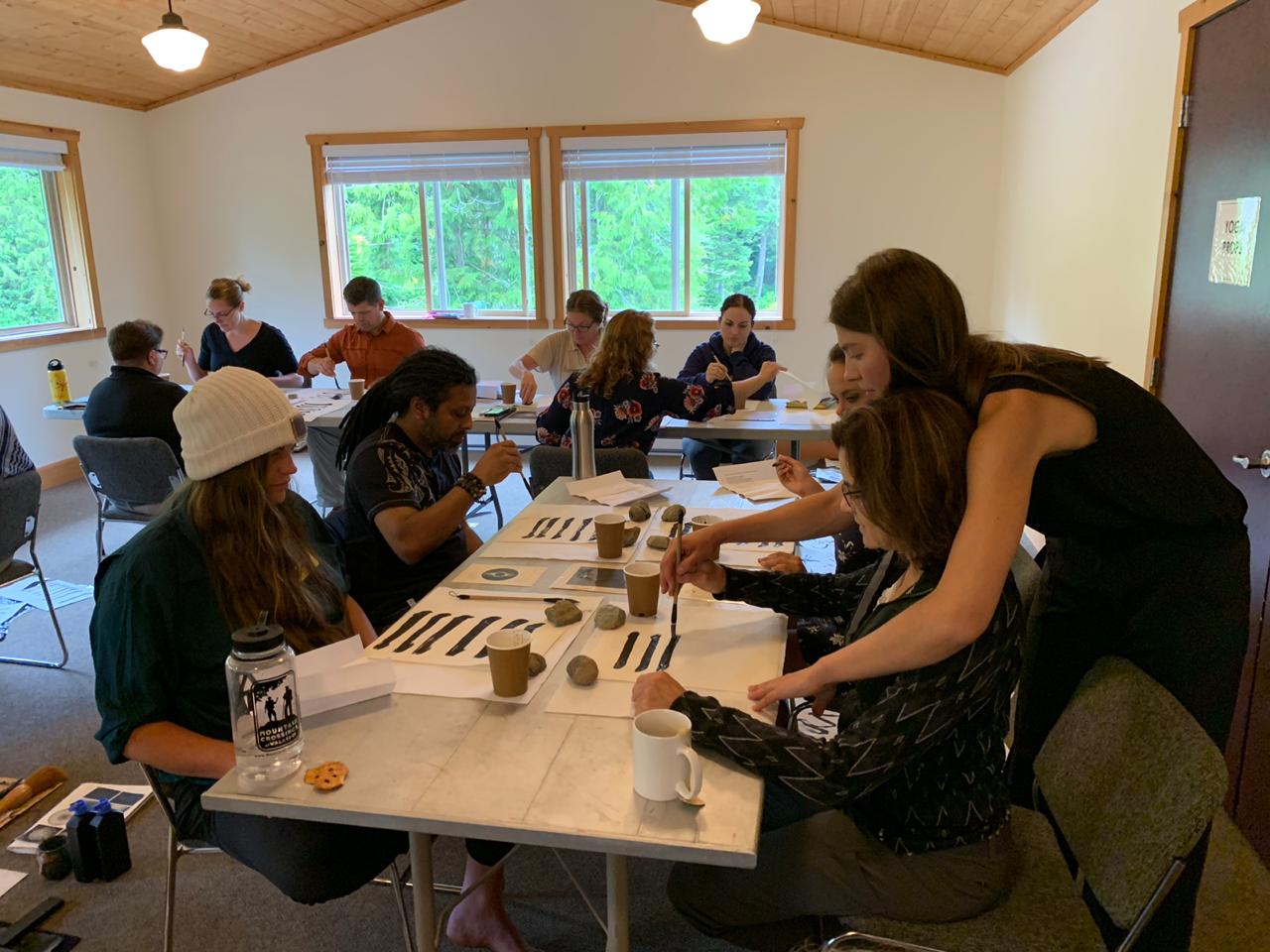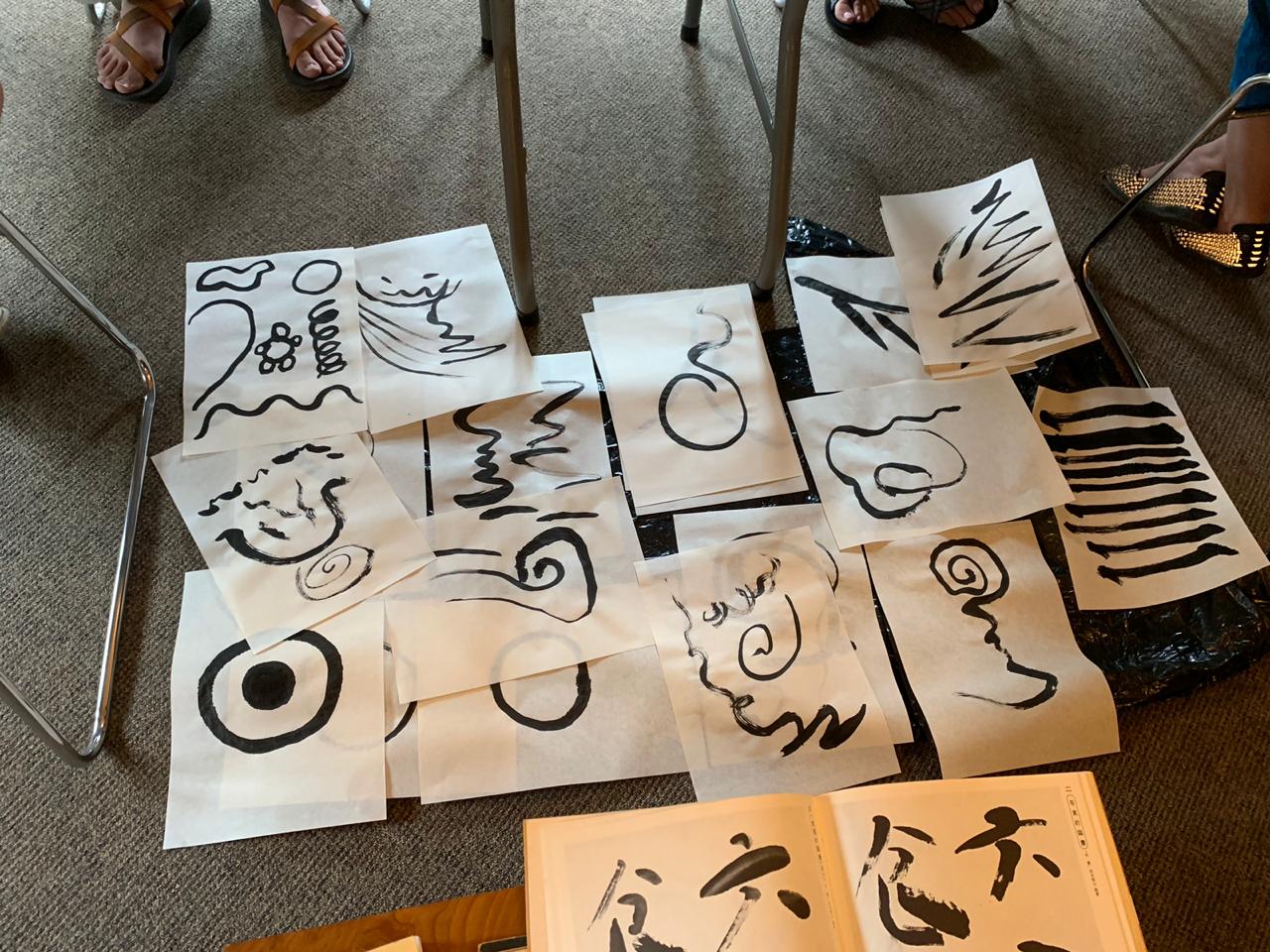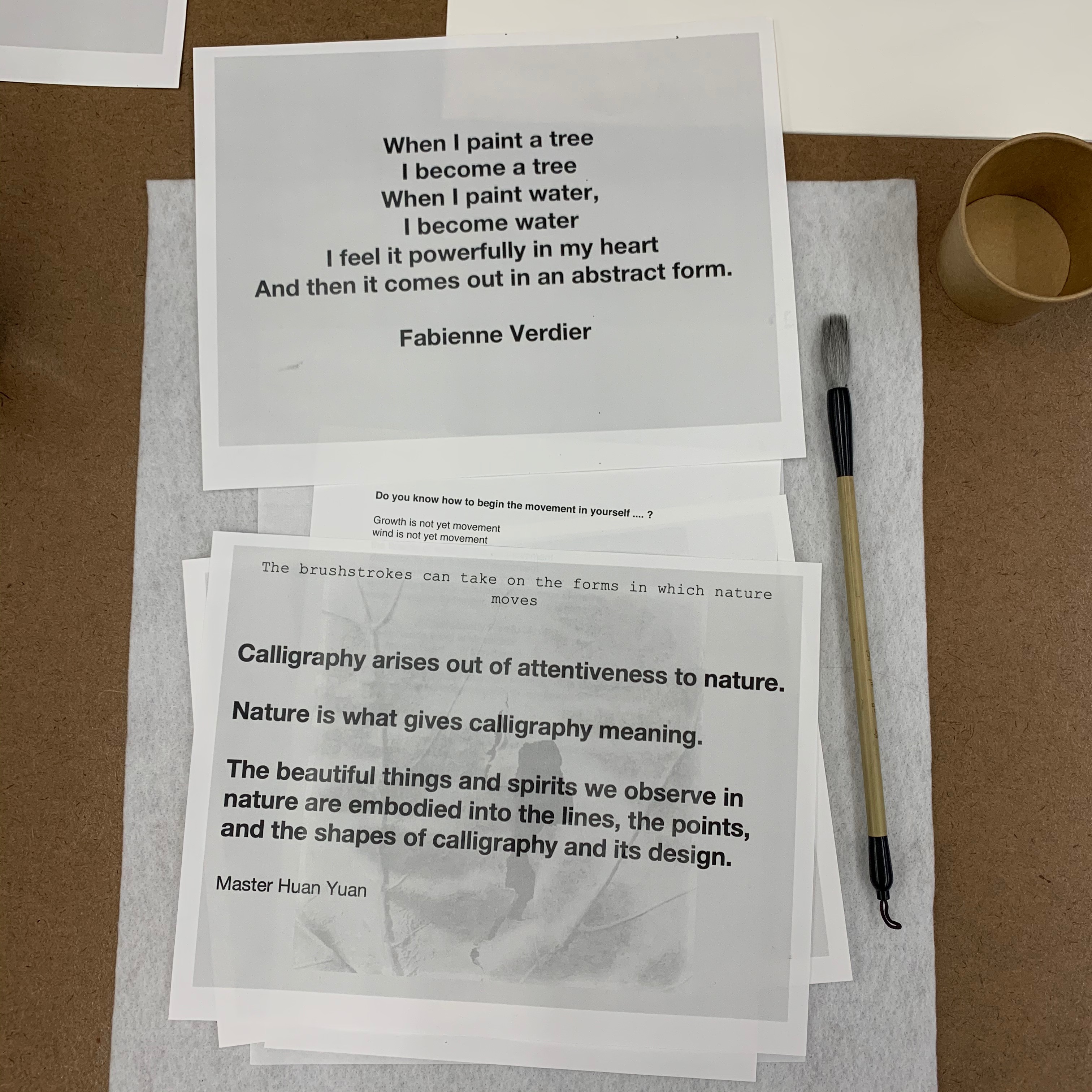How do we categorize the world?
Global Community Bio Summit 5.0 @ MIT | November 19-21 2021 | Online
in collaboration with Felipe Shibuya and Gabriel Perez
Classification is an indicator of the human impetus to seek order. Consider Linnaeus's binomial nomenclature, Ole Worm's Museum Wormianum, Mendeleev's periodic table, Werner's nomenclature of colors, Luke Howard's categorization of clouds, and Jorge Luis Borges's imaginary classification of animals. Classification fosters our understanding of nature. It allows us to isolate the leaf from the tree, distinguish between color gradients, and assign a shape to a cloud. Yet, it also limits our perceptions. This workshop acts as a tool to open conversations about the diversity of grouping practices through various cultural and scientific experiences. Our goal is to activate the awareness that categorization is a dynamic process of configuration and reconfiguration, not just confinement of information to definitions, names, or labels. To rethink rigidity in categorization and its colonial past, we must consider new ways that respond to cultural, historical, and regional diversity and embrace all the different ways of knowing the world.
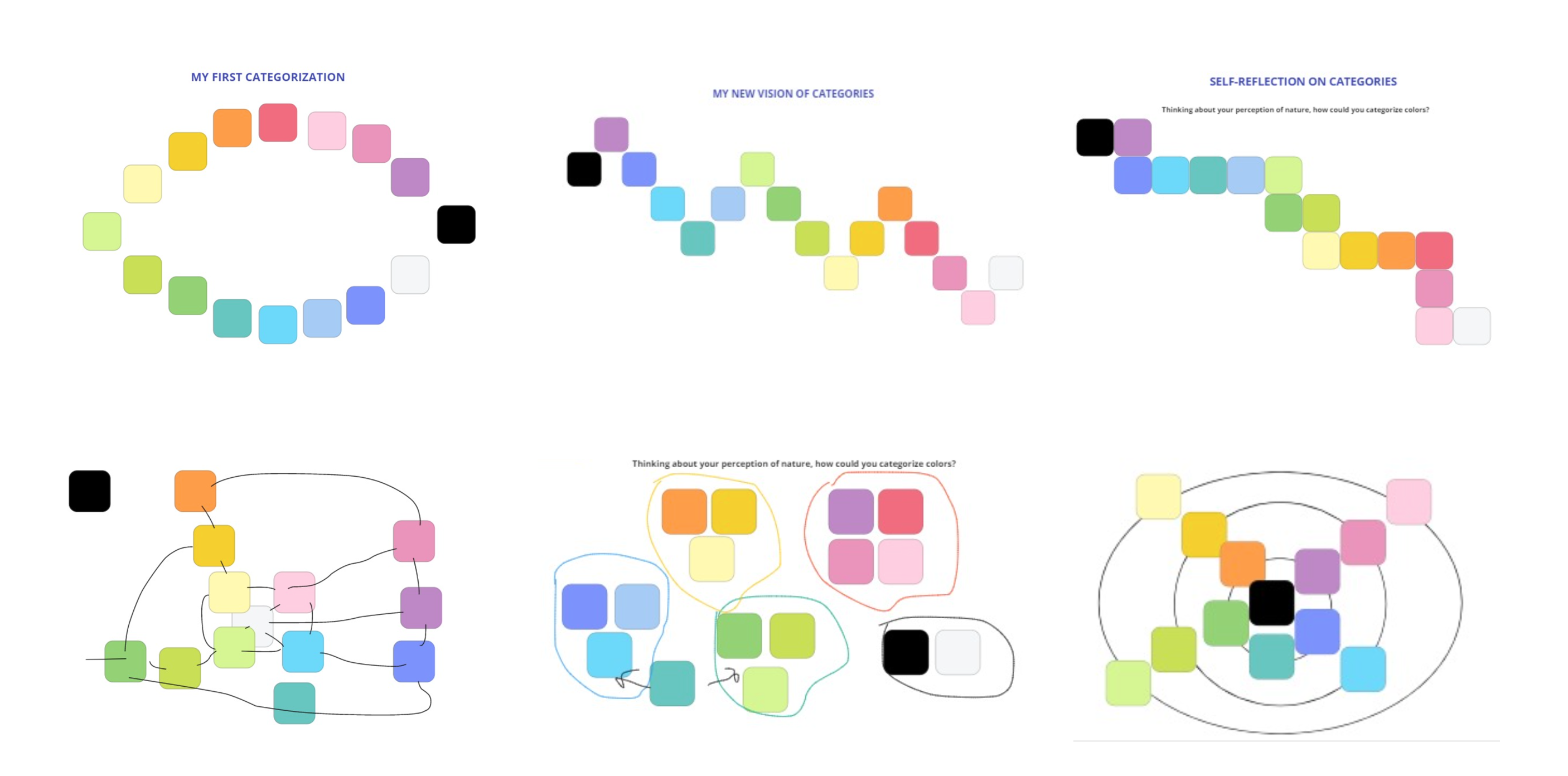
Collaborative Taxonomy Exercise
Rhode Island School of Design | Fall 2020
Led one of Edna Lawrence Nature Lab’s taxonomy exercises without specific instructions to explore how people from different backgrounds approach the task of categorizing natural objects. There was a graphic designer, a digital media student, and a landscape architect. It was fascinating to observe how my classmates placed natural objects in categories very different from what I expected. Using her interest in geology, Kristal (Landscape Architecture) only paid attention to textures and came up with theories regarding the history of the marks found on various artifacts. Ollie (D+M) used her interest in music and mathematics to analyze. Finally, Louis from Graphic Design came up with “The Container Theory. We accepted his theory and categorized it based on what the container is and what it is not.

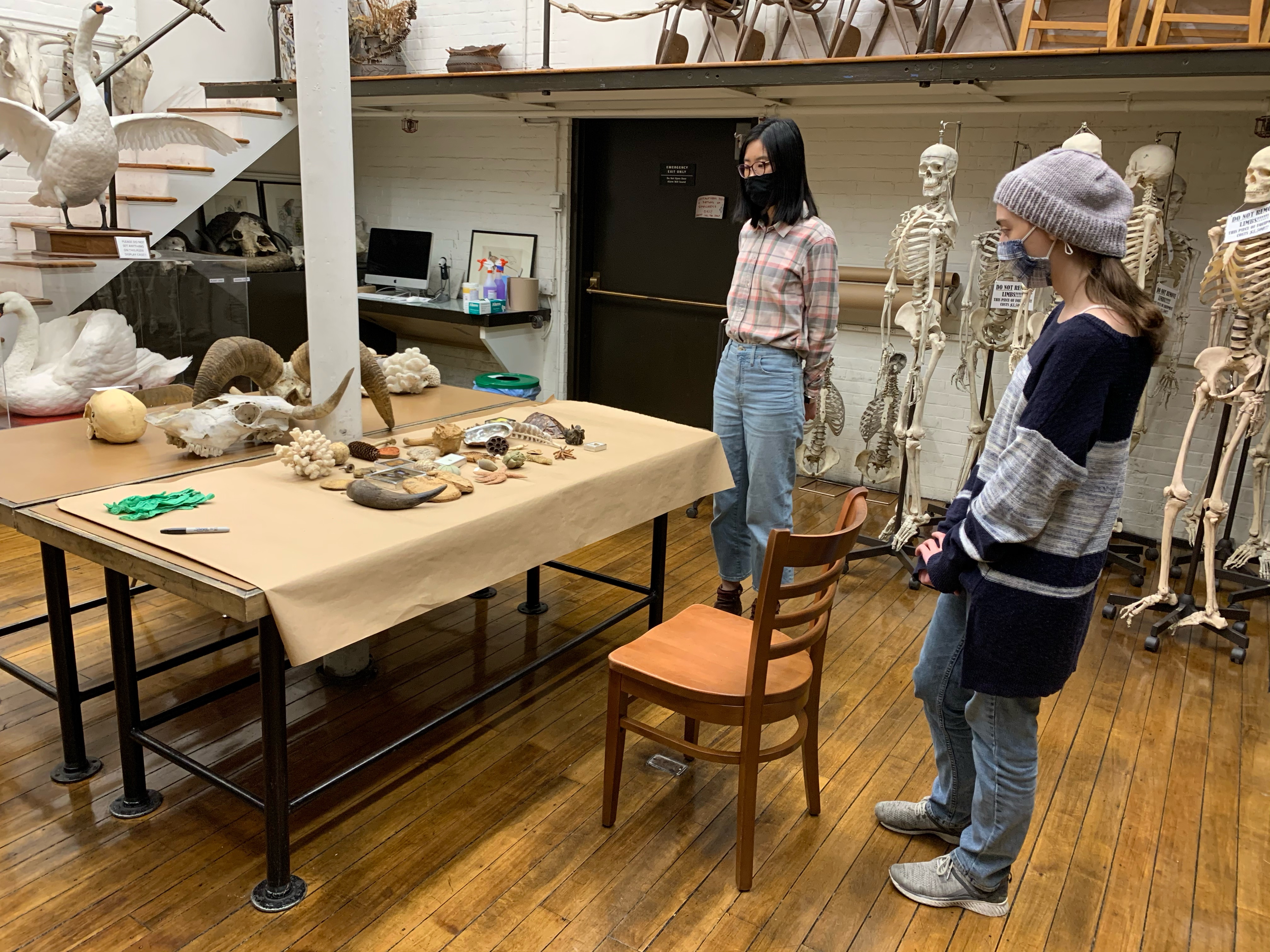
Workshop RISD Quickies
Rhode Island School of Design | Wintersession 2020
Led “The Brushstrokes Can Take On the Forms in which Nature Moves” workshop in the Edna Lawrence Nature Lab on abstracting different motions and rhythms in nature through the practice of ancient Chinese calligraphers’ practice. The intention was to pick a natural object from the cabinet of curiosities and try to give it shape through the movement of the brush by paying attention to the kinesthetic sensations that emerge during the reflective state. In the background, I played Brian Eno’s Thursday Afternoon.
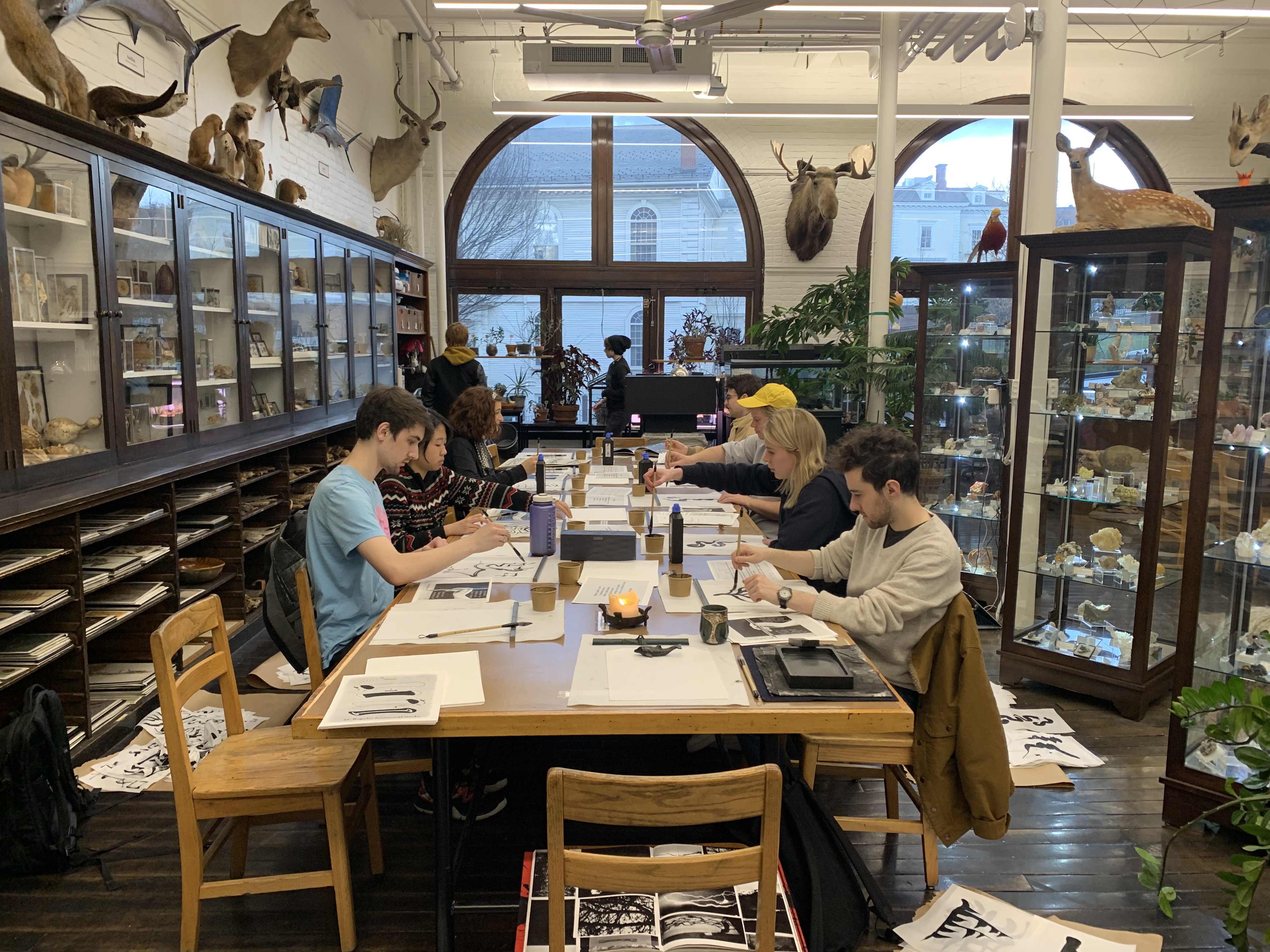
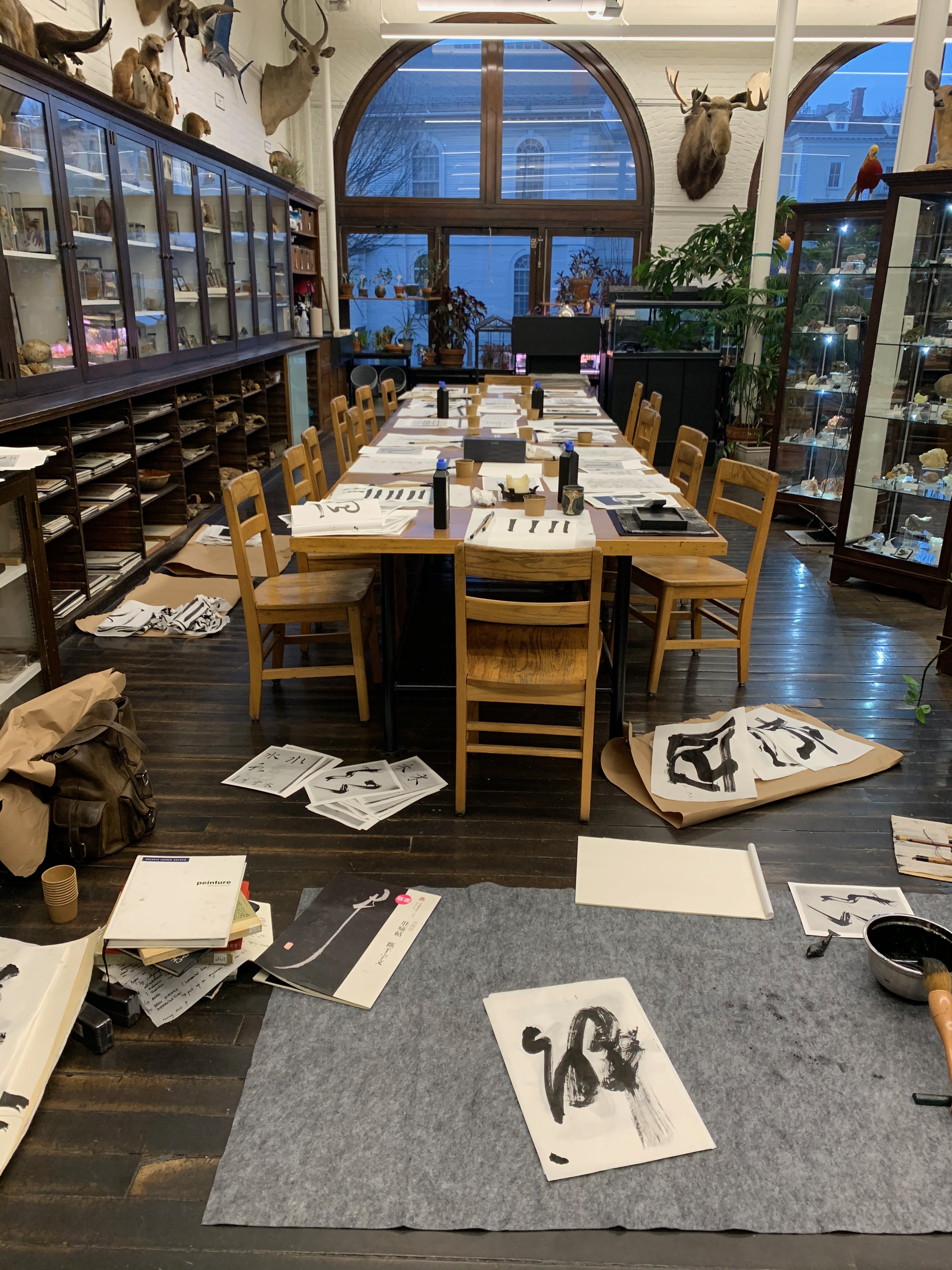
I led a similar workshop with my classmates from the Biomimicry program during one of our in-person immersions.

